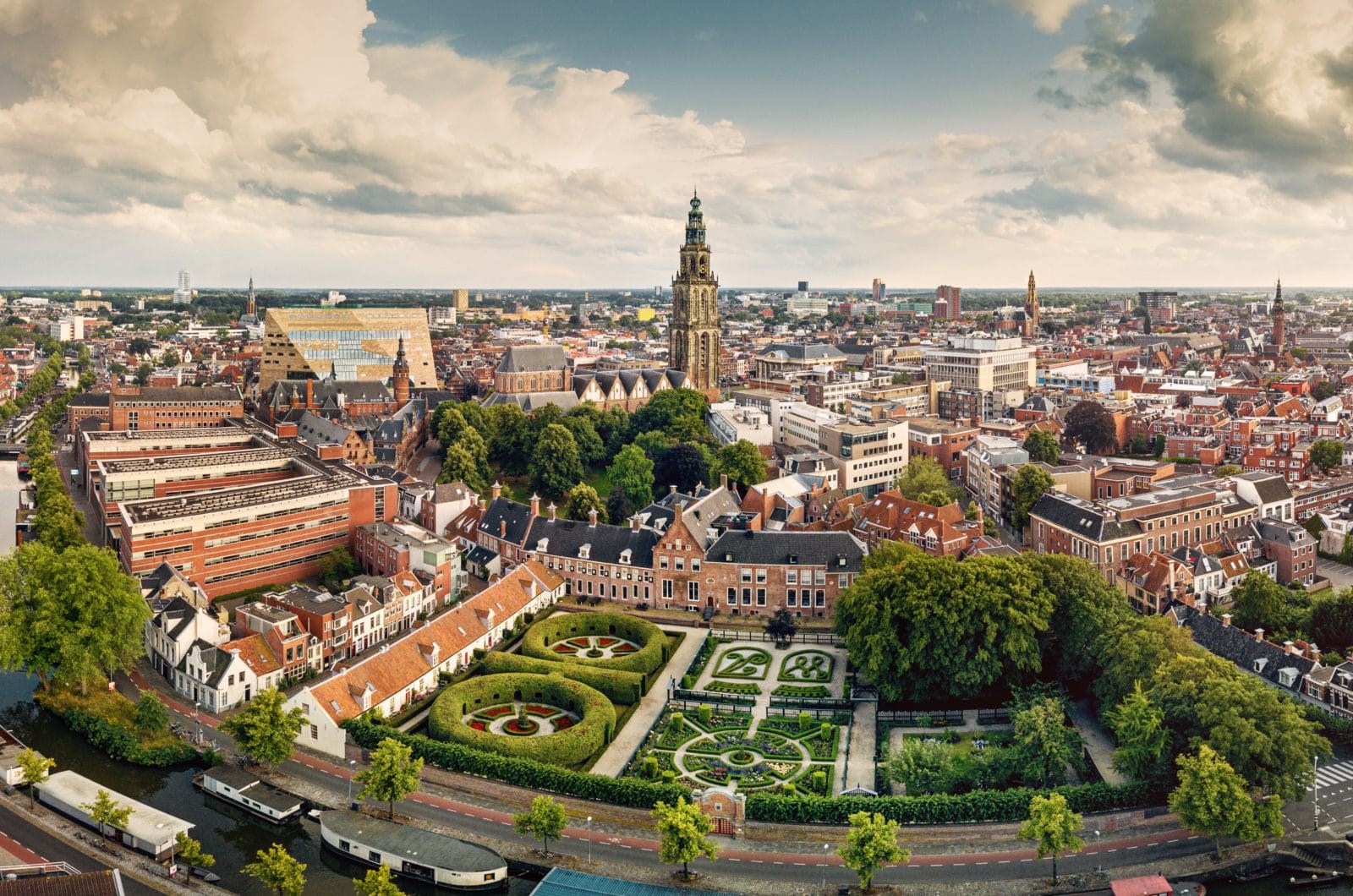What was the impact or result of this Brave Decision?
The new plan prioritized pedestrians and cyclists over cars, transforming the city’s urban mobility. This led to a dramatic reduction in car traffic in the city center and created more public spaces designed for people rather than vehicles. The plan sparked an ongoing transformation of Groningen’s public space, improving air quality, safety, and the overall quality of life.
Who was the master mind of the Brave Decision?
The shift in urban planning was led by Max van den Berg, who, as alderman for spatial planning worked with his officials on the Traffic Circulation Plan.

